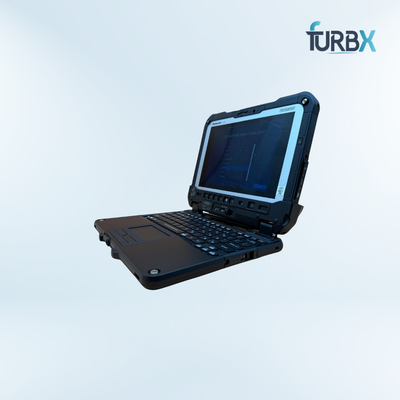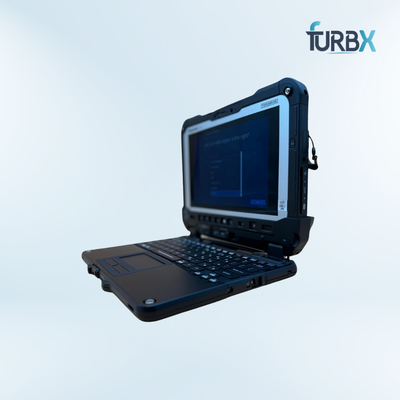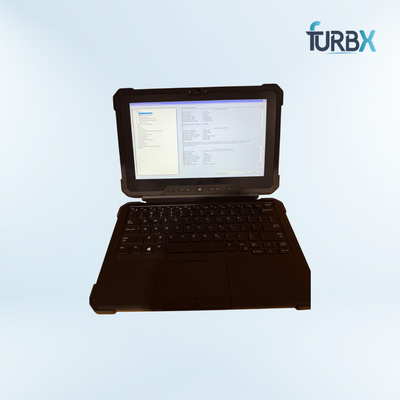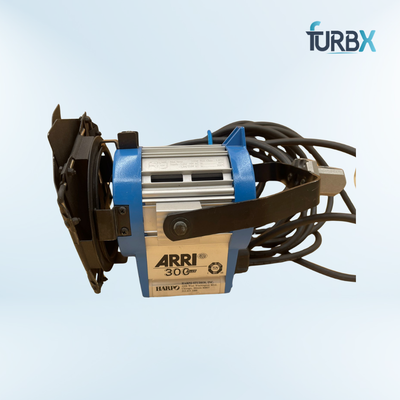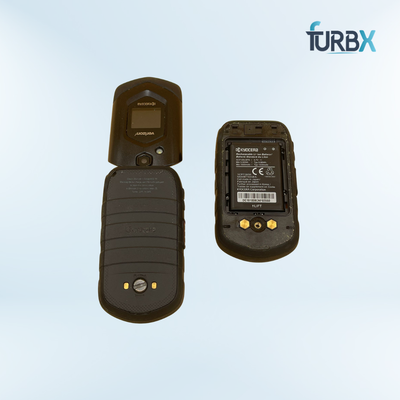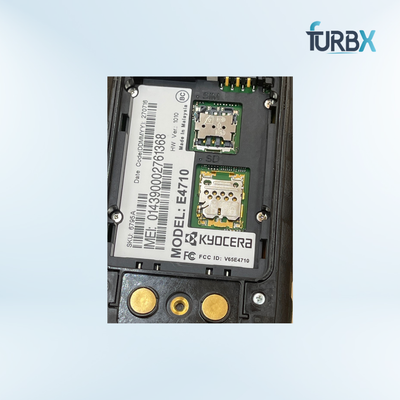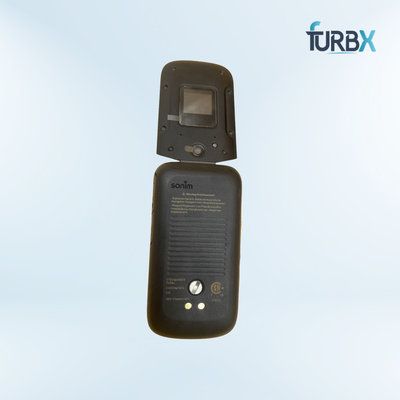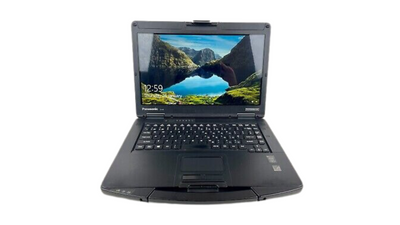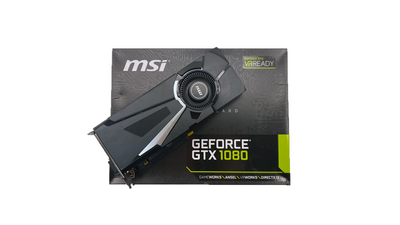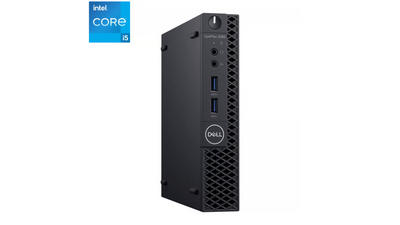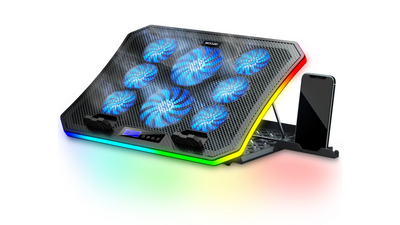Before we go on, a clarification: However, the terms “4K’ and “Ultra High Definition or UHD” are actually different from each other, though in normal use people tend to work them as synonyms. The latter is the configuration for consumer display broadcast and computing at 3,840 by 2,160 pixels. These are what film purists dubbed 4K displays, which are used in professional production and in digital cinemas and measure 4096 by 2160 pixels. Having learned that, you can forget it; laptop manufacturers, like Blu-ray boxes, confuse UHD and 4K every day.
You can also, as we noted, put out of mind the few 11-inch Chromebooks and hyper-cheap Windows laptops with 1366 by 768p screen max. The bare minimum is having a laptop screen display resolution of 1,920 by 1,080, now known as FHD or 1080p screens.
The ‘p’ in ‘1080p’ means progressive or that the computer’s graphics processing unit (GPU) draws the horizontal lines in sequence; some of the early models of HDTVs used 1080i technology, which created every other line and then went back to insert the other lines. In either case, generally, it paints the entire 1,080 horizontal lines of 1,920 pixels each sixty times per second—thus, the 60 hertz (Hz) refresh rate.

They cannot track such quick redrawing with their eyes, so your mind perceives the display as being static or smoothly animated. In fact, movie screens are much bigger than laptops or even a television set, but you expect to see the images as clear as they are though displayed at only 24 frames per second (fps). The majority sees the screens of TVs and notebooks as flickering at below 30fps, and serious gamers want to watch action animations or fast-paced fragging at fps above 60—the reason that most gaming laptops have refresh rates of 120Hz, 144Hz, or even 300Hz.
If you divide 1,920 by 16 and multiply by 9, you get 1,080—we mentioned earlier that most HDTVs and many laptops have a screen aspect ratio of 16:9 which implies the ratio of horizontal to vertical for both 1080p and 4K. It also applies to 720p—aka 1,280 by 720 pixels, the lower resolution of the first HDTV sets (and too many laptop webcams, though 1080p resolution is a minimum for them, too).
We also said that aspect ratio isn't inflexible—before 16:Nine rectangles governed the market, laptop displays had more squared 4:3 aspects such as 1024 by 768 or 1280 by 720 aspect ratio, and the last couple of years has seen a boost in slightly less squarer 16:10 ratios effectively turning the 4K of 3840 by 2160 into 3840 by 240. Some desktop monitors go even more rectangular, with an ultrawide 21:9 aspect ratio for multiple space interface or for viewing movies in a wide perspective of multiple application windows.
Between Full HD and 4K What Resolutions Does Laptops Support?
Is there a resolution between 1080p and UHD? Sure. Some gaming monitors and select laptops are available at 1440p—2,560 by 1,440 pixels, which is called QHD because it’s quad high definition (720p) the same way that 50 Amir Alexander Zak On laptops, 4K is a two-by-two grid of 1080p. It offers better clarity than 1080p and / or a smooth experience compared to 4K but only necessitating a relatively marginal hike in graphical processing unit power.
Entry-level or affordable laptops that embrace today's fashionable 16:While 10 screen aspect ratio show 1,920 by 1,200 instead of 1,920 by 1,080 pixels. You can find 16:10 gaming rigs with 2,560 by 1,600-pixel panels and sophisticated ultraportable compacts with QHD+ of 2,880 by 1,800, the last often OLED.

(Credit: Joseph Maldonado)
A few Windows laptops, tablets, and Chromebooks have squarer 3:2 aspect ratio displays, for instance, the 1,920-by-1,280 IPS and 3,000-by-2,000 OLED options of the HP Dragonfly G4. They’re better than multimedia for writing, unless you enjoy the status bar that appears on top and bottom of videos, yet they’re great to view more of a document or webpage without having to scroll down.
For screen resolutions, Apple again does things a little differently that any other company in the industry. The new range laptops of MacBook Air- 13- and 15- inch are having the display resolution of 2,560 by 1,664 and 2,880 by 1,864 respectively. The 14-inch sites on Liquid Retina XDR display boasts a resolution of 3,024-by-1,964 while the larger 16-inch ultraportable’s has a 3,456-by-2,234.

And yes, the latest and most expensive HDTV sets put out 8K resolution—7,680 by 4,320 pixels in a 16:9 aspect ratio. There is very little genuine legal 8K material out there, so the owners of these magnificent beasts mainly utilize various films and other videou contents upscaled to 8K, and while people haven’t gotten around to inventing an 8K laptop yet.
IPS, OLED, Mini LED: 4K panels are of different kinds What are they?
IPS, OLED, Mini LED: What Are the Different Kinds of 4K Panels?
If you’d like to read more about specific display technologies, we have a dedicated guide to laptop screen types, but in the modern oversaturated market of high - res notebooks, three primary technologies are in use.
All are looking fine, but A has its pros and cons, as does B.
Today’s classic notebook design is the liquid crystal display in-plane switching structure, so called since its LC molecules also remain aligned parallel to the front and back polarizers when voltage is applied. IPS screens contain less color distortion and a greater viewing angle compared to the currently outdated twisted nematic (TN) LCDs.
An angel laptop screen would be very much faint to decipher without incorporating embedded light-emitting diode, LED backlights. The least expensive are edge-lit kind, light emitting from edges of the display; more superior models of panels have light sources positioned or diffused at the back of the panel. Another parameter of backlighting or brightness for the screen is measured in nits that is slang for candelas per square meter.

Econom models have 250–300 nits brightness and increased in leight models have 400 nits brightness, while some mobile work stations have 500/600 nits illumination. (Significantly, many rugged laptops offer 1,000 nits or more – that means you can definitely read in sunlight on such a device.)
Mini LED is a relatively fresh full-array-lit IPS screen type with a greater number of smaller LEDs positioned across the backlight region and is still rather rare and costly. This enables a higher degree of backlighting or what are known as ‘segments’ or ‘dimming zones’ with the latter controlling a lesser number of pixels.
Such screens tend to be slower or fall short of the high refresh rates of gaming laptops' IPS panels, but mini LED delivers richer color by reducing a problem that plagues IPS tech: the light coming from behind of what should be actually pitch black or at least considerably dark parts of the screen image; the latter resulting in contrast that is much lower than it could be (a black to gray gradient rather than black to white one).
Organic light-emitting diode (OLED) screen do not lessen the common issue of backlight leakage—instead, they eliminate it. OLED panels are superior to LED-backlit panels because each pixel is a separate dimming zone, which can be either on or off. This gives rise to a sumptuous colour with unrivalled contrast – the pixels are really black because the pixel is off.
However, OLED displays are more expensive than IPS panels, but, as we have mentioned earlier, they have started getting much less expensive in the last year or so, where you can find laptops for under $1,000 (but don’t expect 4K at such price point, you get 1080p). While they are not as bright as IPS panels, owing to their extremely high contrast they do not need to be; a 350 – 400 nits OLED screen looks as good as a 500 nits IPS panel.
What are the Demerits of The 4K Laptops?
Wining that, why isn’t 4K resolution standard on every laptop? Other than arguably making icons and other screen elements too small on compact ultraportables? Frankly, it's more expensive. A 1080p liquid crystal display has almost 2.1 million pixels, but a 4K panel has about 8.3 million (with a 16:9:9 aspect ratio; 9.2 million if it’s 16:10). Better manufacturing requires more fund andget ready for a fact laptop manufacturers transfer these charges to you.
What would happen to your electric bill if each source of light in your home you replace it with four? A 4K laptop screen consumes more power than a 1080p screen and (other things being equal) results in less battery lifespan. This is not a massive concern in practise today given the IPS, OLED, and mini LED displays that are more energy efficient than the old ones and since Apple’s 2023 16-inch MacBook Pro with over 7.7 million pixels per display ran nearly 28 hours uninscaled in our battery draining test.

(Credit: Joseph Maldonado)
And again if you were to replace four light bulbs in your home you would have to move much faster if you were to replace all the bulbs within the same period of time. We said Praise be technology as it is quite unremarkable that your PC refreshes its screen display, 60 or more times per second. Intelligence in laptop processors is good enough to perform the task fast enough for office apps and streaming video. However, to achieve a fluent presentation and not stutter when creating VR scenes, carrying out CGI rendering, or rapidly playing an intensive game requires a separate graphics card as used in gaming notebooks or mobile workstations.
And to sustain a high pixel flow with such parameters as 8 million on the screen – it’s quite the lift. The days when speedy visuals needs a high-end desktop with multiple graphics card in the Mobo slots are way gone; affordable gaming laptops at under $1000 with reasonably decent mobile GPUs can comfortably deliver 1080p at 60FPS in most games. It forms a balance that offers decent gameplay on the mentioned resolution.”
But decide to play games at 4K—and expect, like every dedicated gamer, more than 60fps? You are stretching beyond what is possible in the most expensive cutting edge silicon that Nvidia, in the GeForce, and AMD, in the Radeon GPU ranges offer. Now, you should definitely forget about gaming under battery power instead of being connected to the AC power outlet. Slim form factor enclosures can be the norm for small form factor designs, but you will encounter more massive and rather blocky cases with hefty chassis that create a different kind of impact, and cooling fans, busier ones at that. And prepare yourself to be financially drained.
That raises the question: What is 4K good for in a laptop?
Thus, gaming at 4K is still out of the question for most laptops and, indeed, most budgets, but it’s slowly inching into the realm of possibility. Nevertheless, there are other reasons why you’ll be enticed by a more than high resolution screen.
Yes, if somebody spends all their day in front of a couple of web browsers or a word processors with the display stretched to the full screen, they have no need for the 4K display at all. For gateway or spreadsheet freaks or cowboy, you’ll be seeing more rows and columns without actually scrolling it, which may or may not be worth the expense. However, if you prefer having the application windows neatly side by side as opposed to using the Full Screen + Alt-Tab culture, then 4K isn’t going to replace a desktop multi-monitor environment but it does give you more space to play with, and enhance productivity as it displays more information with less need to drag the touchpad or switch to another window.
And if your workday is based on content creation, video or photo editing or assembling images or videos as streamers, photographer, artist, illustrator, animator, videographer, or designer, then you knew about the importance of a high resolution a long time ago. For editing 4K videos, enhancing and tweaking wedding photographs,or even when using Artificial Intelligence or Virtual Reality images, it is always a plus to have a large, high resolution screen.
And that double for architects, engineer, and anyone using CAD, 2D or 3D modeling, CGI rendering, data mapping and analysis projects that require more than an ordinary PC, pro workstation like HP ZBook, Dell Precision, Lenovo ThinkPad P series, comes with ISV certifications that are optimized for heavy duty specialized app.
Mobile workstations are, if anything, even more extreme than gaming notebooks: they’ll boot up for 8 hours of number-crunching on vast datasets and producing results in high-resolution with the best possible color fidelity. I do not think one can really call it a workstation with no high resolution screen and no dedicated graphics card on the PC side of the workstation.
It comes down to this: It is not surprising that elite professional tasks require elite professional presentation. The days when laptops could not compete with desktops in this regard are now long gone, and an expanding range of OLED, IPS or mini LED 4K options confirms this increasingly. Whether it’s from our above choices, you will get an ideal portable platform to make for serious work and invention. And okay, yes, gaming – we won’t tell if you won’t.
Are You Prepared to Make the Purchase of the Perfect 4K Laptop?
In the example spec table, which is described below, we’ve documented the list of recommended vehicles mentioned at the beginning of this guide. Hoping to see even more and more of 4K-equipped models into, and beyond 2025, so, do not despair as we update this guide when more models arrive to PC Labs for testing.
Such screens tend to be slower or fall short of the high refresh rates of gaming laptops' IPS panels, but mini LED delivers richer color by reducing a problem that plagues IPS tech: the rays emanating at what should be actually completely black or at least significantly less light areas of the screen image; the latter yielding contrast that is considerably lower than it could be (from black to gray instead of black to whiteKeeper).
LED screen known as OLED screen do not solve the problem of backlight leakage—now, they do not have it at all. LED-backlit panels pale in comparison to OLED panels because every pixel is its own dimming element and can be in an on or off condition. This leads to a sumptuous colour with the best contrast yet – the pixels are genuinely black because the pixel itself is switched off.
Nonetheless, OLED displays will cost much more than IPS panels With that said, they have become significantly cheaper in the past year or so where you can get laptops for under $1000 (but don’t expect 4K at this price range; the max is 1080p). Though they are not as bright as IPS panels, given that they are so contrasty, they don’t have to be; 350 – 400 nits OLED screen is as good as the 500 nits of an IPS panel.
Another question that can be asked concerning 4K Laptops is: What are the negative characteristics of The 4K Laptops?
Wining that, why isn’t 4K resolution standard on every laptop? Aside from perhaps making icons and other elements on the screen too small on compact ultraportable devices? Frankly, it's more expensive. A 1080p liquid crystal display has almost 2.1 million pixels, but a 4K panel has about 8.3 million (with a 16:This equates to 1080 pixels in height by 1920 if the screen’s width is 9 times the height (or 9:9 aspect ratio; 9.2 million if it’s 16:10). Better manufacturing cost more fund and—here is the fact—laptop manufacturers pass these charges to you.




